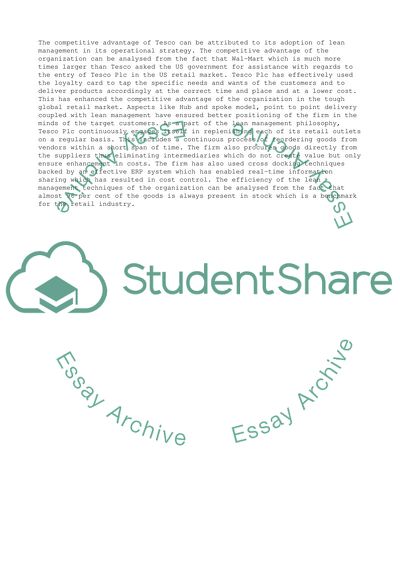Cite this document
(The Lean Production and Waste Management of Tesco Plc Research Paper - 3, n.d.)
The Lean Production and Waste Management of Tesco Plc Research Paper - 3. Retrieved from https://studentshare.org/management/1747234-operations-management
The Lean Production and Waste Management of Tesco Plc Research Paper - 3. Retrieved from https://studentshare.org/management/1747234-operations-management
(The Lean Production and Waste Management of Tesco Plc Research Paper - 3)
The Lean Production and Waste Management of Tesco Plc Research Paper - 3. https://studentshare.org/management/1747234-operations-management.
The Lean Production and Waste Management of Tesco Plc Research Paper - 3. https://studentshare.org/management/1747234-operations-management.
“The Lean Production and Waste Management of Tesco Plc Research Paper - 3”, n.d. https://studentshare.org/management/1747234-operations-management.


